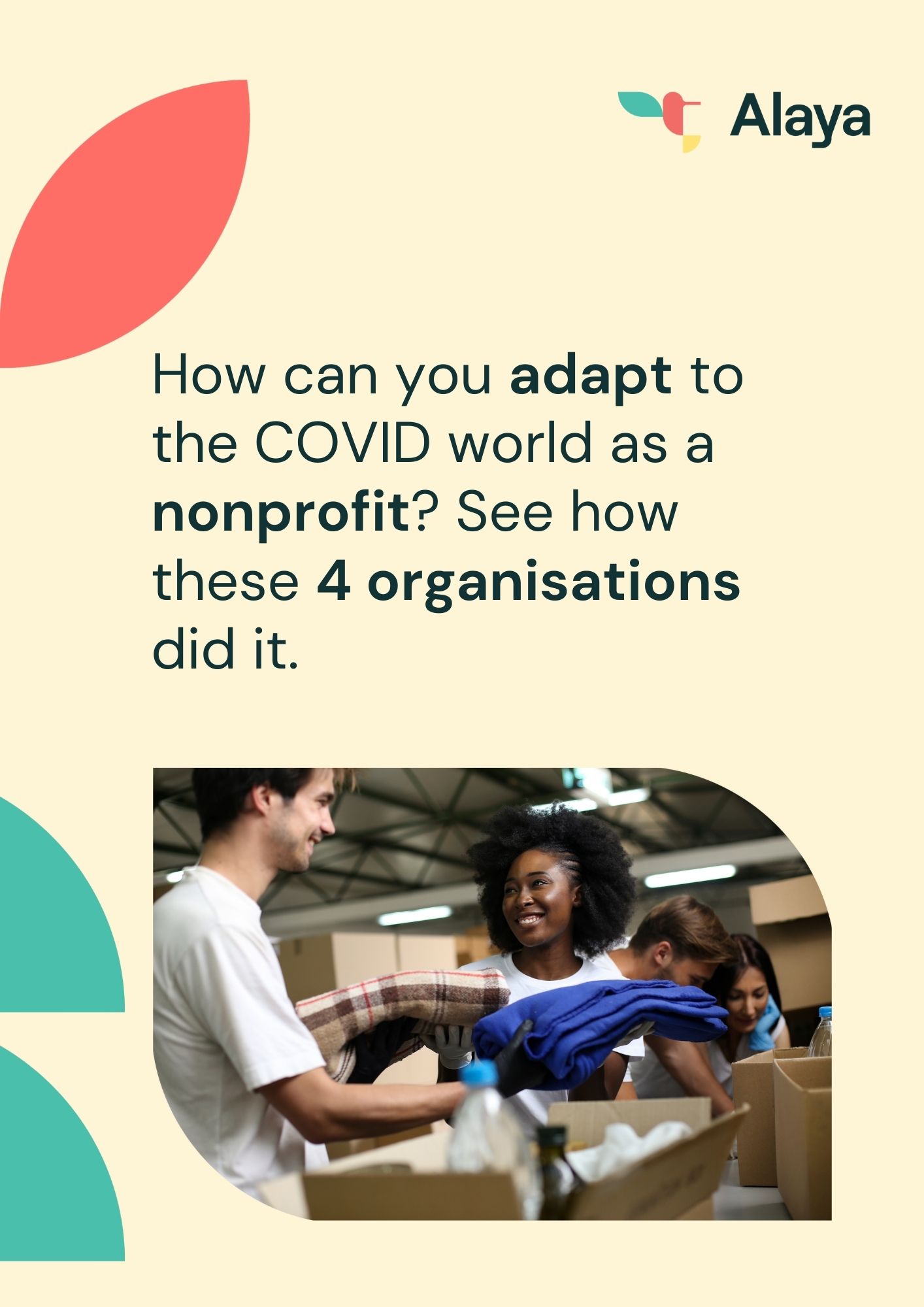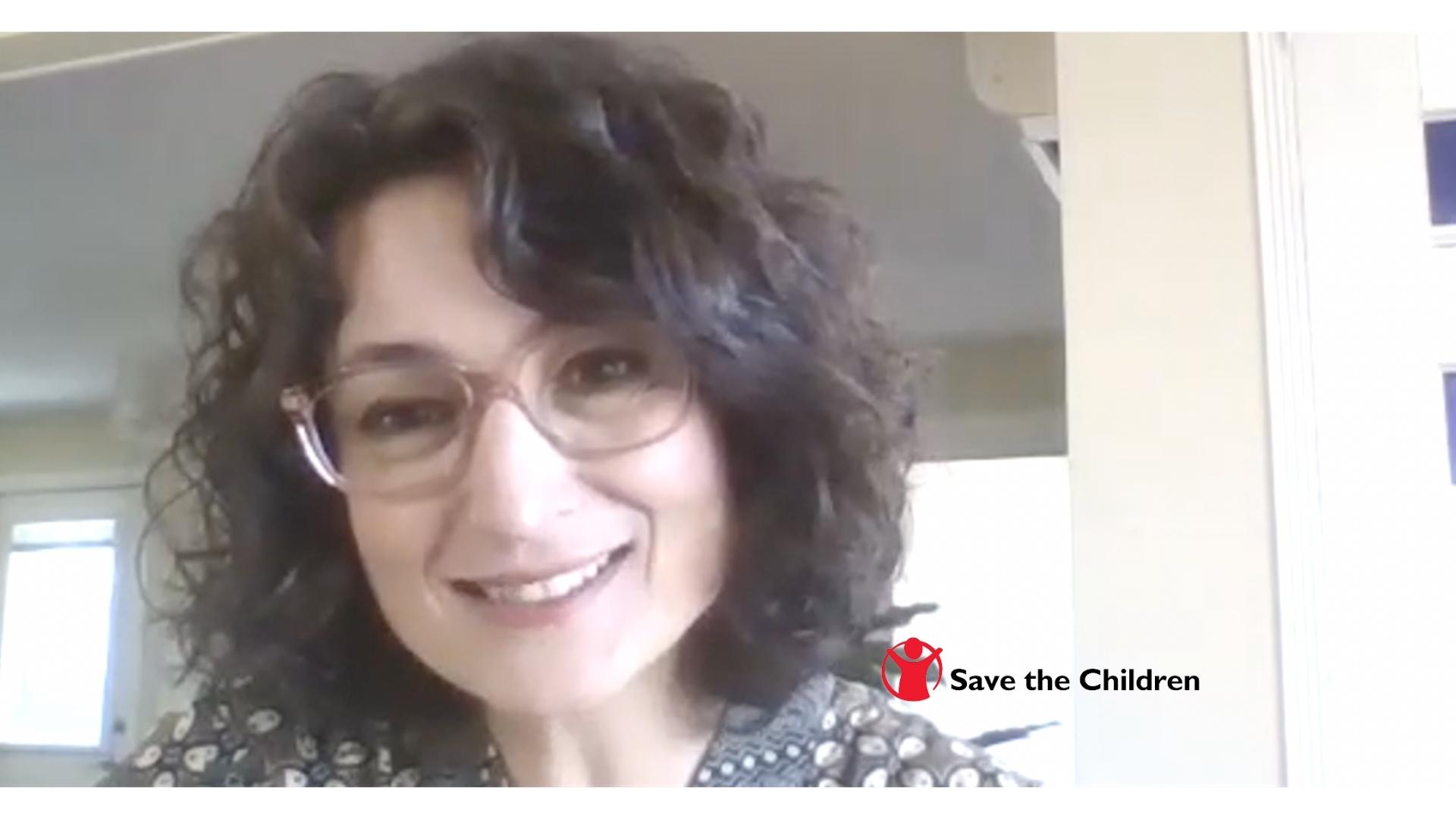Charities and nonprofit organizations have taken a big hit in recent times, in particular, due to the repercussions of the coronavirus pandemic. One in five charities in the U.K. was concerned about the shortfall in their donations. On the other hand, 20% of charities believe that they are less likely to receive any donations or income because people carry less cash due to the pandemic.
Fundraising in public places is not a feasible option because they happen mostly in malls, high streets, and city centers. Nowadays, these places are much less busy and therefore much less of an opportunity for nonprofit organizations.
The good news is that nonprofits can rely on immersive technology to bring back the oomph into their operations. If you are a manager or owner of a nonprofit organization, you can use several forms of technology for new and creative modes of operations in 2021.
Not only will it help your organization stay ahead of the curve but also compete with the changes in the uncertain economic climate. All you need is to seek help from the experts to identify and integrate any developing trends that can help improve your organization’s operations and delivery methods.
How nonprofit organisations adapt to the post COVID world
Nonprofit organizations are feeling the pinch during the pandemic. However, society will feel the impact for the time to come.
If you are a nonprofit organization, you must re-imagine your operations and business model to serve the constituents well during a financial and social crisis.
Yes, it will not be an easy task to re-imagine your organization and adapt during the pandemic. You may feel the pressure of everyday surprises, last-minute demands, and gnawing risk of uncertainty. However, it is possible, and here are some ways to rework your current nonprofit organizational structure during the coronavirus pandemic. You must adopt new tactics to make your nonprofit organization future-proof; these include:
- Do not wait for a crisis to happen; plan ahead and keep a contingency plan ready
- Work towards demonstrating competence during tough times. This will help establish your organisation’s integrity and trustworthiness amongst your constituents and stakeholders.
- Spread-out and explore new income generation channels, such as webinars, online events, digital mode of communication and delivery, etc.
These are some of the basic principles to follow during tough financial times. Continue to read on how you can improve your operations during an uncertain financial climate.
Ways to improve while to adapt during the pandemic
Here are fourteen areas you must focus on improving while trying to adapt during the pandemic.
1. Plan a roadmap and define goals
As a nonprofit organization, your first step towards re-imagining must be to define the goals and how you can achieve them clearly. You can gather feedback from the volunteers, staff, stakeholders, and the community you serve. This will help you devise an all-inclusive organization plan from the ground up.
Ask yourself these questions:
- If you close your doors, would it affect the people you help and why?
- Why does your nonprofit organisation matter?
- What difference are you trying to make in the community you serve?
- What impact do your core constituents want you to make during the COVID-19 pandemic?
The more specific answers you get, the better you will be able to develop a roadmap with prioritized tasks.
2. Think outside the box
Extraordinary problems need extraordinary solutions; therefore, think creatively about how you can engage and serve your constituents. See how you can tweak or upgrade your operations to adapt during the pandemic.
It would be beneficial if you can find temporary solutions and delivery methods that may continue to work in the post-COVID world. You must take into account the social issues of your constituents and reflect on the local challenges.
This will help you design a resilient operations strategy that can take full account of your organization’s environment. Moreover, you will be able to prioritize short and/or long-term drivers and tweak them for uncertain times.
For example:
- Host brainstorming/retrospective sessions with your team and take action on those outcomes
- Speak to other nonprofits and share ideas
- Prioritise your ideas depending on your ressources available and the reach of the actions
You must develop an approach that aligns with a deep understanding of your organization’s cause. The identification of the right assets and using them in an effective manner will enable you to build an authentic strategy.

3. Connect with the people
While you learn to adapt during the pandemic, use this as an opportunity to build a diverse workforce. It would help if you made genuine efforts to connect with your staff, volunteers, and the people your nonprofit organization is serving.
Think about how you can include as many people into this “re-imagining your organization” process. You can even ask the board of directors to engage in the discussion and ask the people you serve to represent themselves in leadership roles.
With so much input, you will be able to devise a cohesive and COVID resilient organization. This would also be the right time to explore your practices and weed out what does not work anymore. You can even re-imagine your organization while you try to adopt new personnel and compensation practices. The aim of building these relationships is to become more sustainable as you re-imagine your organization.
4. Identify people’s skills
Try to identify specific skills your staff and volunteers have or must-have. This will come in very handy to utilize the right talent and create efficient operations. This will also help you identify the gaps in your ranks and fill them with hiring the right talent.
Once you have assessed the employees, it is time to put them to work in a real-time environment. This is the most efficient way to train and test their skills. That said, here is what you can do to utilize your staff efficiently
- Delegate tasks to them based on their skills
- Keep their goals focused and clear
- Incentivize them
- Establish effective communication channels within the organisation for collaboration
- Develop a positive working culture within your organisation
5. Finances
The most crucial aspect of running a nonprofit organization is how much it will cost to continue doing what you want. For that, you will have to develop a well-defined and intentional revenue strategy. Try to determine the true cost of your nonprofit volunteering activities. This must include both direct and indirect costs to the operations.
Knowing your expenses will help you communicate the right cost of impact and seek an adequate funding level. That said, COVID-19 has made it quite a challenge to raise funds as nonprofit organizations are unable to organize events anymore. Therefore, here are some ideas that you can adopt to alter your fundraising strategy.
- Engaging on social media and organizing live fundraising events. Most social platforms including Facebook, Instagram, Twitter, LinkedIn etc allow you to organize live events for free. This way you can connect with your target audience, the local constituents, stakeholders and donors. Not only will it help you showcase your charity directly but also communicate with them on a personal level.
- You can even create profiles on several fundraising websites such as GoFundMe, Patreon etc.
6. Focus on community
While you try to adapt during the pandemic, focus on the community you operate in. Here are the things you may want to consider.
- Will the re-imagining of your organisation affect the beneficiaries?
- What are the immediate needs and interests of your community?
- What other places are your constituents looking for help?
- Know the community’s concerns and answer them accordingly
In the nonprofit sector, the ones who pay for the services are not the recipients. Therefore, the spenders do not know the needs of the ones receiving the services. Try to facilitate ways to enhance the understanding amongst these spenders and recipients during times of crisis.
7. Joint-ventures
To overcome the challenges of the pandemic, it would be a good idea to collaborate with other charitable and nonprofit organizations. After all, you must always keep the interest of the community you serve as your top priority. Supporting other organizations like yourself and organization volunteering activities in a joint-venture can help both.
8. Connect with people
While social distancing is in place in different countries, it is hard for a nonprofit organization to conduct their volunteering activities to help people. While you cannot reach people like you used to, it is time to think creatively and explore other options to reach people who need your help.
For example, for senior citizens in your community living in isolation, you can connect with them via digital means offering assistance.

9. Organize online events
You can organize online events to circumvent the social distancing barriers. This can help pivot your revenue generation by continuing to showcase your charitable organization. We have seen different kinds of online events from nonprofits around the world, such as:
- Strategy brainstorms with companies
- Online events to raise funds (coffee morning, virtual step count challenges etc..)
- Virtual quizzes
- Online games such as Murder Mysteries
- Webinars within a company to raise awareness
10. Be empathic
You must understand that just like you are struggling to survive, your employees and volunteers are going through the same. Some businesses are still paying their staff full salaries while letting them work part-time or work remotely.
11. Flexible terms
If you work with grantees, offering them flexible terms for accountability and report can help. Reassure the grantees that you will continue their payments and encourage them to reach others in the hour of need.
12. Emergency funds management
Stay on top of your funds and monitor cash flow. A crisis management strategy can help you adapt during the pandemic to any unforeseen change of events.
13. Take action on feedback
During COVID-19, everyone is feeling pressure when it comes to financial uncertainty. However, to ensure that your charitable organization continues to serve the community, you must listen to the people you serve.
The feedback you get from the beneficiaries will help you modify the delivery operations.
14. Use social media
People are using social media platforms to connect with their audience. You can now use free live video features on major social media platforms, including Facebook, Instagram, Twitter, Snapchat, TikTok, and LinkedIn.
This will help you create awareness about your nonprofit organization’s cause and get help digitally. Moreover, you can also connect with your beneficiaries to provide regular updates, connect and communicate with them.
Conclusion
These steps and improvement methods may help you overcome some negative impacts of the COVID-19 pandemic. That said, the nonprofit organization section may continue to feel the effect for the time being.
In case you are the director or manager of a nonprofit organization and struggling to devise an adaptive strategy during the COVID-19 pandemic, there are some partners out there that can offer support. Whether it is suggesting strategies to adapt, connecting your nonprofit with volunteers/funds companies like Alaya can help boost your efforts. Learn more about us below.
About Alaya
Alaya collaborates with thousands of charities around the world. The company aims to engage with nonprofit organizations like yours and design an adaptive strategy for the coronavirus pandemic. Alaya will not only help you adapt but find additional ways to engage your volunteers, even when the usual field volunteering activities are not yet possible.
Connect with Alaya for help today.
Go back to blog >





